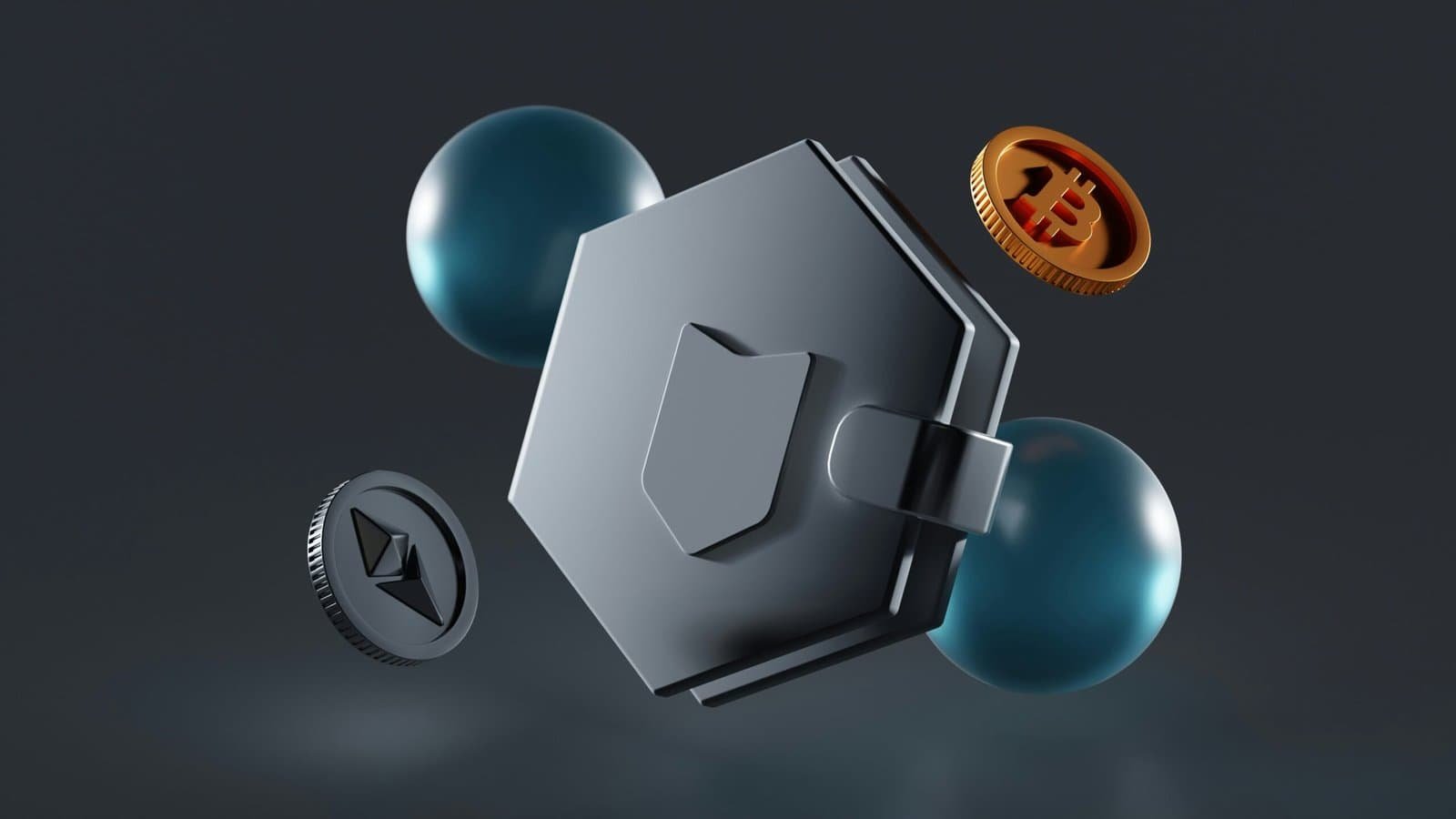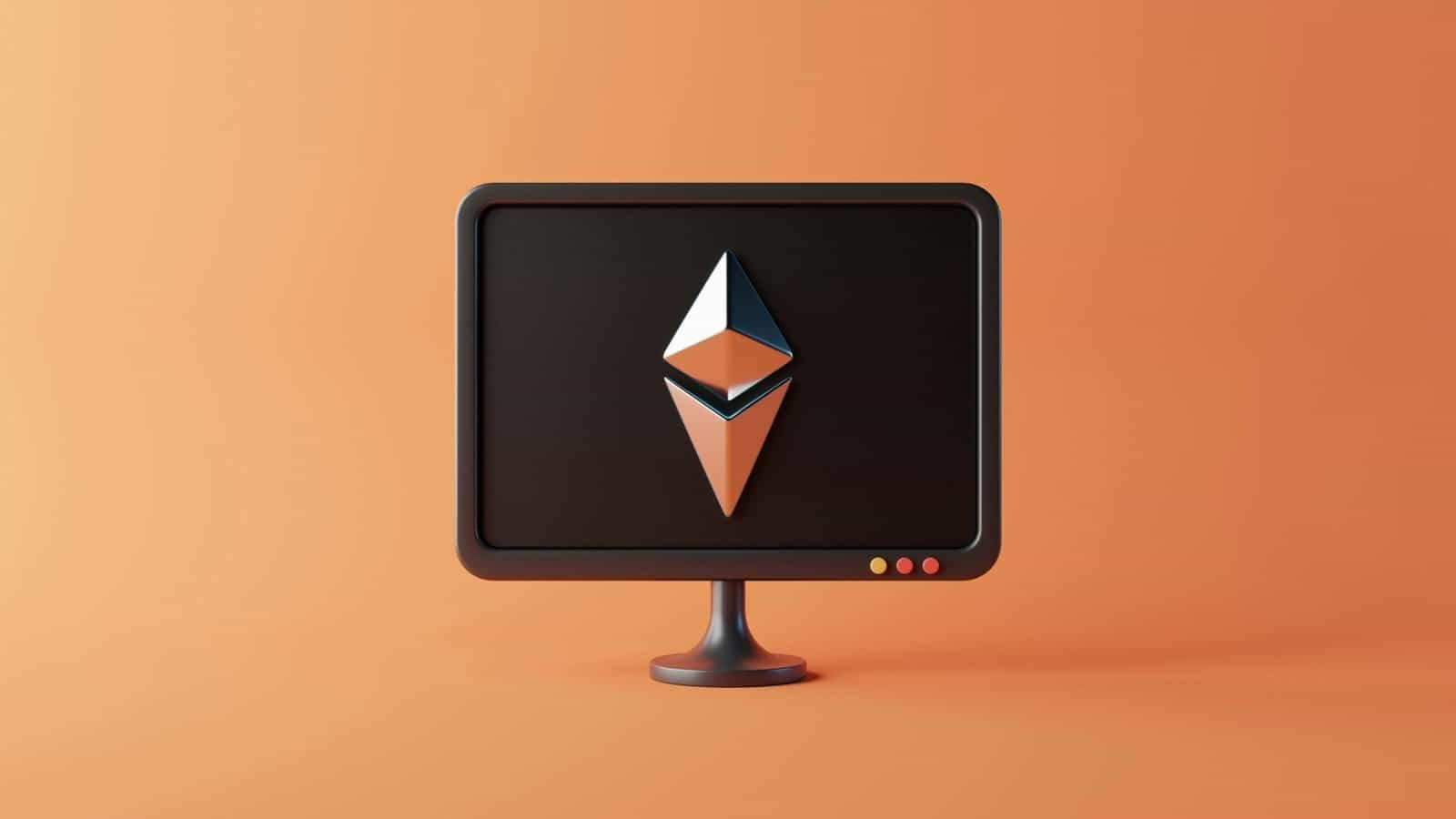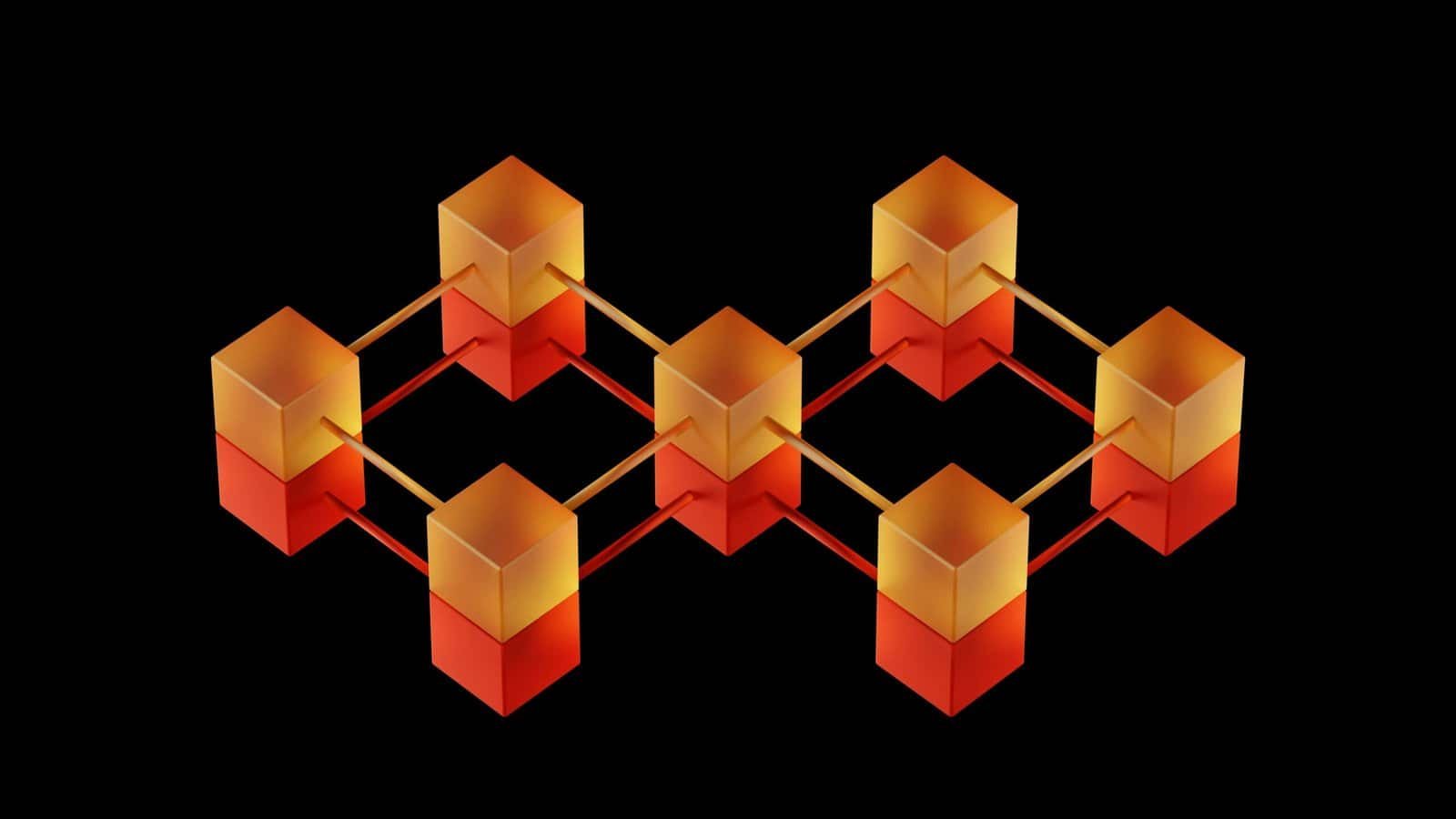Are you wondering which exchanges are expanding into Web3 services and what that means for your crypto activity?
Which Exchanges Are Expanding Into Web3 Services?
You’ll find that many of the largest centralized exchanges (CEXs) are actively branching into Web3 because it’s a natural way to extend their user base, product suite, and revenue streams. The expansions cover wallets, NFT marketplaces, layer-2 solutions, custody for institutions, staking and DeFi integrations, developer tools, and token launch platforms.
Why Exchanges Are Moving Into Web3
You’ll notice exchanges are not just trading venues anymore — they’re becoming one-stop access points for the broader crypto economy. By adding Web3 services, exchanges can keep you inside their ecosystem while providing new ways to earn, build, and transact.

Key Drivers for Exchange Expansion
There are several clear reasons exchanges are pursuing Web3 services. These include diversifying revenue beyond trading fees, responding to user demand for non-custodial tools, competing with decentralized finance (DeFi) products, and positioning themselves as infrastructure providers for tokens, NFTs, and applications.
What “Web3 Services” Means for an Exchange
When an exchange says it offers Web3 services, that can mean many things. You should expect offerings across categories such as non-custodial wallets, NFT marketplaces, staking and yield products, proprietary blockchains or layer-2 networks, custody for institutions, launchpads for new tokens, and developer tooling for dApps.
Custodial and Non-Custodial Wallets
Exchanges now often offer both custodial wallets (where the exchange holds keys) and non-custodial wallets (where you control keys). You’ll want to understand the trade-offs: custody convenience versus control and self-sovereignty.
NFTs and Marketplaces
NFT marketplaces let you mint, buy, sell, and display digital collectibles. Exchanges often provide fiat on/off ramps, UX polish, and infrastructure for NFT trading, which can make NFTs more accessible if you prefer a single platform for tokens and collectibles.
Staking, Yield & DeFi Integrations
Staking and yield products let you earn rewards from proof-of-stake networks or DeFi protocols. Many exchanges integrate these services so you can earn interest without managing smart contracts directly, but you’ll need to weigh the custodial risk.
Blockchain/Layer-2s and Native Tokens
Some exchanges have launched or strongly support specific chains and layer-2 networks to bootstrap ecosystems and reduce transaction costs. These networks often tie back to an exchange’s native token, which you may use for fee discounts, governance, or staking.
Custody & Institutional Services
Institutional custody and compliance services are growing. If you’re an institutional user or want secure custody options, you’ll find exchanges expanding custody solutions, insurance, and regulatory compliance tools.
Developer Tools & Token Launchpads
Exchanges can host token launchpads, developer grants, and APIs to help teams deploy tokens and dApps. If you’re building a project, these services can provide liquidity, marketing, and initial distribution channels.

Major Exchanges and Their Web3 Offerings
Below is a breakdown of prominent exchanges and the Web3 services they offer. You’ll get a quick snapshot to compare capabilities and see which platforms align with your goals.
Binance
Binance has built one of the largest ecosystems in crypto and extends deep into Web3 services. You’ll find BNB Chain (formerly Binance Smart Chain), Binance Wallet and browser extensions, a large NFT marketplace, Launchpad/Launchpool for token launches, staking and savings products, and various developer and infrastructure tools.
Binance’s focus on an integrated ecosystem gives you low-cost transactions and many token listings, but you should understand the regulatory environment in your jurisdiction since Binance has faced regulatory scrutiny in several countries.
Coinbase
Coinbase emphasizes regulatory compliance and user-friendly Web3 on-ramps. You’ll access the Coinbase Wallet for non-custodial control, Base — Coinbase’s layer-2 network — for cheaper Ethereum transactions, the Coinbase NFT marketplace (in beta phases as it evolves), Coinbase Prime and Coinbase Custody for institutional services, and developer APIs for integration.
If you prioritize a regulated, user-friendly environment and good fiat rails, Coinbase can be appealing for moving into Web3 while keeping an emphasis on compliance.
Kraken
Kraken focuses on security and institutional services as it expands into Web3. You’ll see staking services for multiple PoS tokens, institutional custody offerings, OTC trading desks, and developer APIs. Kraken tends to emphasize conservative risk management and compliance, which can make it suitable when you want strong custody with staking options.
Gemini
Gemini offers a mix of consumer and institutional Web3 services, including Gemini Wallet, institutional custody through Gemini Custody, an NFT marketplace, and a focus on compliance and custody insurance. You’ll find Gemini’s products designed with regulatory transparency in mind, which appeals if regulatory clarity and security are priorities for you.
OKX (OKEx)
OKX has broadened into Web3 with OKX Wallet, OKX Chain and supporting ecosystem tools, NFT marketplace features, staking and yield products, and a token economy around OKB. The exchange’s developer tooling and node services can help you build or deploy on-chain projects.
If you want a high-utility wallet with integrated chain support and a sizable trading platform, OKX presents a strong case — but check local regulation where you live.
Huobi
Huobi has historically supported an ecosystem approach with Huobi Wallet and Huobi Eco Chain (HECO). You’ll also find NFT offerings, staking, and a token economy. Huobi’s presence varies by region, and regulatory constraints in some markets have shaped its services.
Crypto.com
Crypto.com expanded into Web3 with the Cronos chain (a layer that supports EVM-compatible apps), the Crypto.com DeFi Wallet, an NFT marketplace, staking and earn products, and the Cro token economy. If you use the Crypto.com card and app, the chain and wallet integration is convenient for spending and earning.
KuCoin
KuCoin provides a broad set of Web3 features like KuCoin Wallet, KuCoin NFT marketplace, Pool-X staking/yield platform, and KuCoin Labs for incubating projects. You’ll find a focus on listing a wide variety of tokens and supporting new projects with liquidity.
KuCoin is popular if you want access to a large token selection and emerging projects, though you should be mindful of compliance differences across jurisdictions.
Bybit
Bybit has entered Web3 with Bybit Wallet, an NFT marketplace, token launch mechanisms, staking options, and support for developer tools. Bybit’s platform emphasizes derivatives trading but is increasingly positioning itself as a Web3 gateway with integrated wallet and NFT services.
Bitfinex
Bitfinex offers advanced trading tools and has gone into Web3 with products like Bitfinex Pay, token launches, staking and liquidity services, and an NFT marketplace. Bitfinex tends to serve professional traders and projects seeking deep liquidity.
Gate.io
Gate.io supports an NFT marketplace, staking and lending services, a wallet, and a Launchpad for new tokens. Gate.io’s focus on broad token availability and utility services makes it a choice if you want access to many project launches.
eToro
eToro has been moving carefully into Web3 with a non-custodial wallet offering, tokenization experiments, and previously-announced NFT services. You’ll find eToro positioning itself as a social trading platform with added Web3 features targeted at retail users.
Smaller or Regional Exchanges
There are many regional exchanges adding Web3 features, including wallets, NFT platforms, and staking. If you live in a specific market, local exchanges might provide tailored fiat rails and compliance, but you’ll want to verify security and regulatory posture.
Comparative Table: Which Services Each Exchange Commonly Offers
This table gives you a quick view of common Web3 services across exchanges. Use this as a starting point to research each platform’s current features and terms.
| Exchange | Non-Custodial Wallet | Custody / Institutional | NFT Marketplace | Staking / Yield | Own Chain / L2 | Launchpad / Token Launch |
|---|---|---|---|---|---|---|
| Binance | Yes (Binance Wallet) | Yes (Custody services) | Yes | Yes | BNB Chain | Yes |
| Coinbase | Yes (Coinbase Wallet) | Yes (Coinbase Custody) | Yes (beta) | Yes | Base (L2) | Yes (Launch & support) |
| Kraken | Limited / Custodial options | Yes (Kraken Custody) | Limited | Yes | No major L2 | Yes (project support) |
| Gemini | Yes (Gemini Wallet) | Yes (Gemini Custody) | Yes | Yes | No major L2 | Yes |
| OKX | Yes (OKX Wallet) | Yes | Yes | Yes | OKX Chain | Yes |
| Huobi | Yes (Huobi Wallet) | Yes | Yes | Yes | HECO | Yes |
| Crypto.com | Yes (DeFi Wallet) | Yes | Yes | Yes | Cronos | Yes |
| KuCoin | Yes (KuCoin Wallet) | Limited / third-party | Yes | Yes | No major L2 | Yes |
| Bybit | Yes (Bybit Wallet) | Yes / Institutional | Yes | Yes | Bybit Chain? | Yes |
| Bitfinex | Limited / Integrated | Yes | Yes | Yes | No major L2 | Yes |
| Gate.io | Yes (Gate Wallet) | Limited | Yes | Yes | No major L2 | Yes |
| eToro | Yes (eToro Wallet) | Limited | Limited | Limited | No major L2 | Limited |
Note: The presence of services can change rapidly; check the exchange’s official pages for the current state and availability in your country.

How This Expansion Affects You
You’ll have more choices for interacting with Web3, but you’ll also face more decisions about custodial risk, user experience, fees, and regulatory exposure. Exchanges can simplify tasks like converting fiat to crypto and handling NFTs, but they also centralize control if you use custodial services.
Custody: Convenience vs. Control
If you store assets on an exchange, you get convenience: simpler recovery, integrated trading, and easier staking. However, you give up private key control. If you want total control, you’ll likely prefer a non-custodial wallet and manage keys yourself or with a hardware wallet.
Fees and Liquidity
Exchanges can offer better liquidity and lower slippage compared with many decentralized venues. When you trade or mint NFTs through an exchange, you’ll need to understand platform fees, gas subsidies, and the possible trade-offs between convenience and cost.
Regulatory and Compliance Considerations
You’ll need to be aware that exchanges operate under varying regulatory constraints, and these can affect services in your jurisdiction. Some exchanges have restricted services or delisted tokens due to compliance or legal pressure, which could limit your access over time.
Choosing an Exchange for Web3 Services: A Practical Guide
When picking an exchange to use for Web3 activities, consider these criteria so you can match a platform with your priorities.
1. Security and Track Record
Check whether the exchange has insurance, a strong security history, transparent audits, and clear breach response procedures. You’ll want to favor platforms with a strong reputation for security if you’re holding sizeable assets.
2. Custodial vs Non-Custodial Options
Decide whether you want a custodial service for convenience or non-custodial control for self-sovereignty. Some exchanges offer both, allowing you to keep trading custody-based and move assets to a non-custodial wallet when needed.
3. Regulatory Status in Your Jurisdiction
Make sure the exchange operates legally where you live and that the services you need are available. Regulatory action can quickly change what’s allowed, so check for local restrictions and future risk.
4. Fees and Token Economics
Compare trading, withdrawal, minting, and staking fees. Also consider incentives like token discounts (e.g., using an exchange’s native token) which can change the economics of using a platform.
5. Ecosystem Support and Developer Tools
If you’re building a project, look for exchanges with launchpads, developer grants, and easy APIs. You’ll want an ecosystem that can provide liquidity, community, and technical assistance.
6. Interoperability and Chain Support
If you use multiple chains or layer-2 networks, choose an exchange that supports transfers between those chains or provides bridges and compatible wallets.

Risks and Considerations Specific to Web3 Services on Exchanges
You’ll encounter several risk vectors when using Web3 services offered by exchanges. Being aware of these will help you manage exposure.
Smart Contract & Protocol Risk
When services involve smart contracts (like staking pools or L2 bridges), you’re exposed to bugs, exploits, or oracle failures. You should check for audits and protocol reputation.
Custodial Concentration Risk
If many users and large amounts of assets are held custodially on a single platform, that centralization becomes a target for attacks and regulatory seizure. You may want to split holdings and keep critical assets in your own wallet.
Regulatory Seizure or Action
Regulators may freeze assets or compel compliance for custodial exchanges. Non-custodial wallets reduce this risk, but they don’t remove other legal exposures like tax reporting.
Liquidity and Market Risk
For NFTs and new tokens, liquidity can evaporate quickly. You’ll want to consider whether an exchange provides deep markets or if assets could become illiquid.
Best Practices for Using Exchange Web3 Services
You’ll get the most benefit and minimize risk if you follow a few practical guidelines.
- Use two accounts: separate custody for trading and a hardware or non-custodial wallet for long-term holdings.
- Start small with new Web3 products and read whitepapers or audit summaries before committing significant funds.
- Keep software wallets and devices updated and use multi-factor authentication for exchange accounts.
- Understand withdrawal limits and KYC points; some exchanges require full identity verification to access advanced Web3 features.
- Stay informed about regulatory changes in your country, and consider tax implications of staking, NFTs, and token launches.

How Exchanges and Decentralized Platforms Will Likely Interact
You’ll see more collaboration and competition between centralized exchanges and decentralized protocols. Exchanges can provide fiat rails, liquidity, account recovery services, and UX polish, while DeFi and non-custodial platforms will continue to push for trustless, composable finance. The future is likely hybrid: you’ll use both types of platforms depending on convenience, security needs, and the task at hand.
Interoperability & Bridges
Exchanges will increasingly support cross-chain transfers and bridges to move assets between ecosystems. You’ll benefit from smoother transfers but should be cautious about bridge security and fees.
Layer-2 Adoption
As gas costs remain a concern on chains like Ethereum, exchanges developing or supporting L2s offer lower fees and faster transactions. If you interact with dApps often, you’ll enjoy much lower costs on modern L2 networks.
Future Trends to Watch
If you pay attention to the following trends, you’ll be better positioned to choose which exchange services matter to you.
- Greater regulatory clarity and compliance tooling for institutional custody.
- More sophisticated non-custodial UX that reduces the entry barriers to self-custody.
- Tokenized real-world assets (RWA) integrated into exchange ecosystems for liquidity.
- Exchanges sponsoring or launching L2s and sidechains to reduce costs and control experience.
- Increased use of NFTs for identity, tickets, and access control beyond art and collectibles.
Common Questions You Might Have
You’ll probably have questions about the practical differences between services. Here are concise answers to some common queries.
- Can you move assets freely between exchange wallets and non-custodial wallets? Yes, typically you can, but be mindful of network fees and required confirmations.
- Are exchange NFT marketplaces better than decentralized marketplaces? It depends. Exchanges give you fiat rails and ease of use, while decentralized marketplaces may offer lower fees and more censorship resistance.
- Is staking on an exchange safe? It can be convenient and insured in part, but it’s still custodial; assess the exchange’s security practices and terms before staking.
Final Thoughts
You’ll find that exchanges are rapidly transforming into multi-service Web3 hubs, offering a mix of custodial ease and non-custodial tools. Choosing the right exchange depends on your priorities: convenience and fiat access, regulatory trust and custody, or maximum control and composability through non-custodial tools. Keep security, jurisdiction, and long-term goals in mind, and use exchanges as part of a broader approach that includes personal wallets and diversified risk management.
If you want, I can provide a tailored comparison between a few exchanges that interest you, showing the features most relevant to your goals (e.g., NFTs, staking, institutional custody, or development tools). Which exchanges are you considering, and what Web3 services matter most to you?
